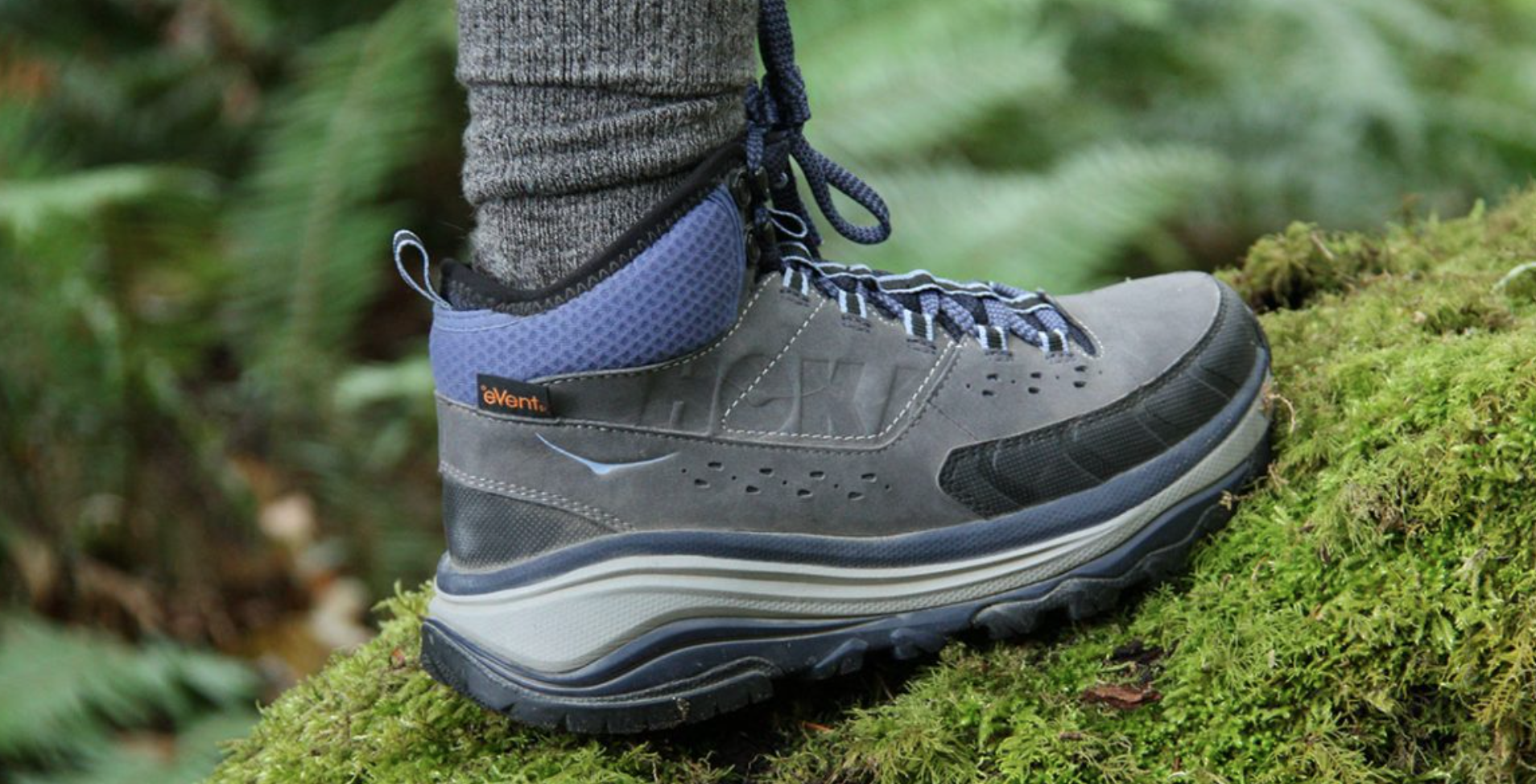Keeping the Olympics Wild
Fifty miles west of Seattle, Washington, lies one of the nation’s most undersold bucket-list-worthy destinations in the country: the Pacific Northwest’s Olympic Peninsula. This large, rectangular-shaped piece of land marks the northwesternmost part of the contiguous United States, jutting toward Canada where the Strait of Juan de Fuca mingles with the Pacific Ocean.
The Peninsula’s emeralds and browns are made richer by the area’s unsurpassable levels of precipitation. Moss wraps its way through the forest canopy, engulfing trees and the woods. The sponge-like ground is fertile with slugs and critters (who wouldn’t want to bed on such a soft forest floor?), ferns flank the hundreds and hundreds of miles of trails, salmon and steelhead run up clear rivers, cliffs peer out over wide, misty beaches, and craggy glaciers creased with snow take watch over all of it. Needless to say, this 3,600-square-mile peninsula—40% of which is made up of Olympic National Park and other natural areas—abounds with habitat for wildlife as well as opportunity to play in the great outdoors.
What many people don’t know is that a national park isn’t the highest level of protection for undeveloped land. National parks are built with society in mind: recreation and engagement are prioritized, resulting in roads, campsites, parking lots, marked trails, visitor centers and more. In contrast, an area designated as wilderness under the federal Wilderness Act of 1964 is given much more stringent protection. In a wilderness area, the land is set aside for conservation, as well as activities that largely leave the area undisrupted (think hiking, fishing, hunting, camping, rafting, kayaking). As our culture drifts towards more time over touchscreens than over trails, it’s as important as ever that we protect places for people to enjoy unadulterated nature. It’s an inverse ratio: the more we seep into the virtual world, the more we need to safeguard the natural world.
Which is exactly what’s happening on the Olympic Peninsula. Since late 2006, a handful of local organizations—bolstered since 2012 by the national outdoor organization, The Conservation Alliance, and more recently by outdoor gear leaders REI and Patagonia—are stepping up their work on a campaign to place more of the peninsula’s federal forest land under a Wilderness Act designation.
The important thing to know about the Wild Olympics Campaign is that the area has long been, well, wild. Logging has tapered off as a result of environmental protections and global competition. With the area long left untamed, the goal now is to assure it’s kept in that state for the future.
“Our goal is to protect the ecosystem on the Olympic Peninsula—old growth forests, our rivers and watersheds—which will offer more recreational opportunities to visitors and residents, and in turn, benefit the local economy,” says Connie Gallant, chairperson for the Wild Olympics Campaign.
The Wild Olympics Expansion proposal calls for protecting 126,661 acres and 19 wild and scenic rivers or tributaries that are now part of Olympic National Forest, Olympic National Park and WA Department of Natural Resources (DNR) land. It will safe-harbor some of Washington’s last unprotected wild forests in their natural states for hiking, birding, camping, horseback riding, snowshoeing and more as well as ensure that contiguous river stretches will remain free-flowing and protect critical habitats. To enable mountain biking, certain segments will be carved out of the proposed wilderness area but protected within wild and scenic river corridors.
According to campaign organizers, the proposal will not affect the remaining timber industry. Rather, it will protect rivers and streams vital to the future of Washington’s shellfish industry, providing the state with an estimated $270 million in economic activity. Local outdoor recreation will be improved for visitors and residents, drinking water will be protected, and economic activity from tourism will grow.
“When we designate a wild place for hiking, paddling and mountain biking, we create opportunity. We create opportunity for today’s outdoor enthusiasts and for generations of them to come. And when people come to visit and play in these places, they typically bring their wallets. They fuel local tourism, spending money at lodges and restaurants, with guides,” says Marc Berejka, REI’s Director of Community & Government Affairs, “The recreational economy can fill in some of the economic space that was created with the downturn of logging.”
The campaign is getting renewed and stepped-up support from Patagonia and REI, because it is oh-so-close to reaching the tipping point. Senator Patty Murray initially launched the re-designation effort several years ago along with then-Congressman Norm Dicks. With Dicks’s retirement, his replacement, Congressman Derek Kilmer, has stepped into and is filling those big shoes, re-introducing with Senator Murray the legislation known as the Wild Olympics Wilderness & Wild and Scenic Rivers Act of 2015. With an anticipated push on a suite of lands-related bills to close out the Obama Administration, local advocates—and now national ones—are angling to assure this measure is among any package Congress passes in the coming year.
Help support the bill here: http://wildolympics.org/take_action.
The campaign and other community leaders have partnered with REI and Patagonia to create a story map highlighting some of the great places in the Wild Olympics proposal. Go out and explore the Wild Olympics yourself.






